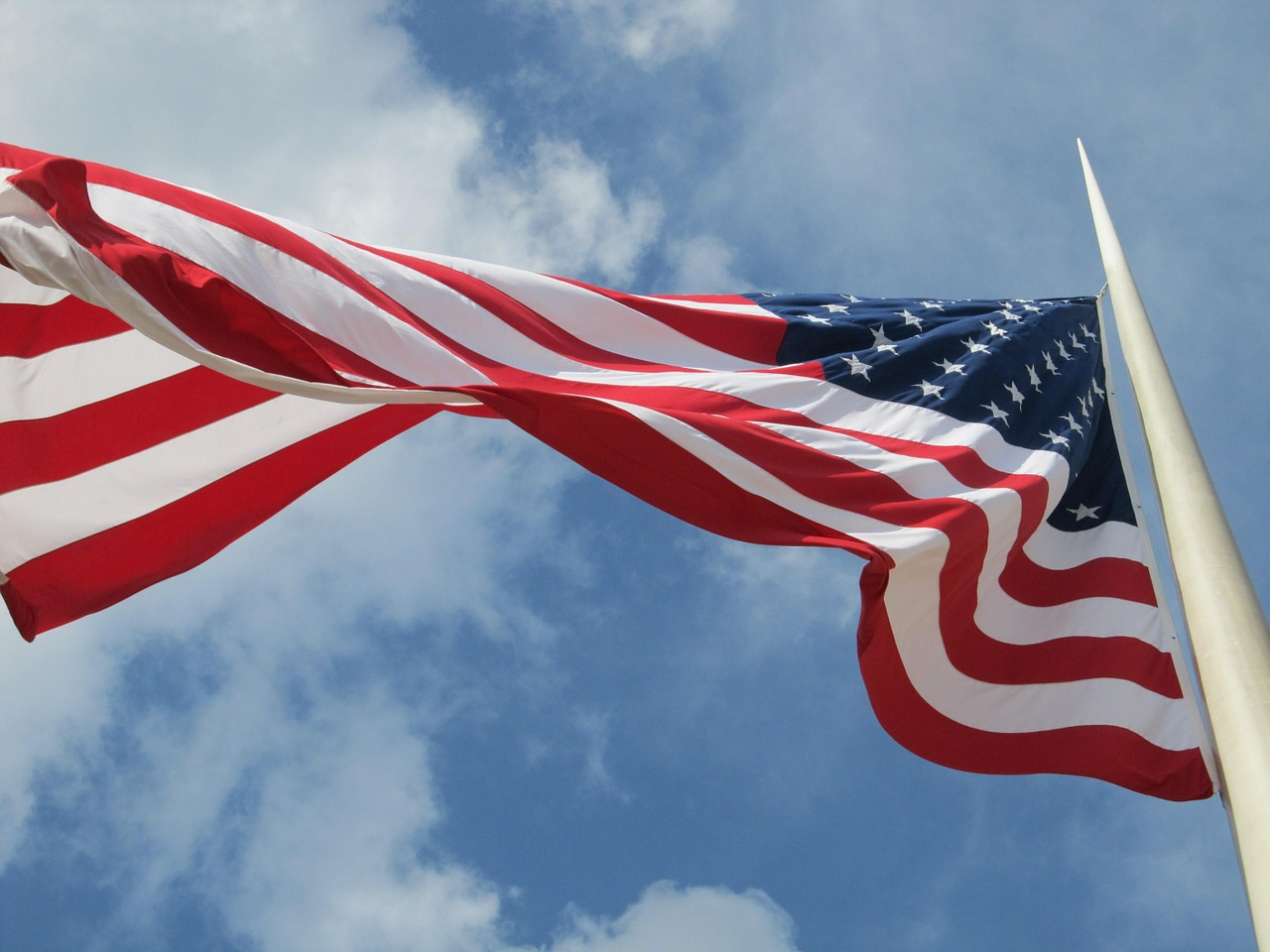Look around anywhere, and you will find articles about America’s undeniable divisions. But look even closer at American labor unions, and you will find a larger battle that could decide the fate of social mobility and the American dream.
Once a bedrock of American employment and labor negotiations, you would be hard pressed to name one, if any, of today’s prominent union leaders. What used to be a prominent force in American politics has been fundamentally curtailed in size and function. And with such a reduction in influence came consequential declines in middle-class incomes.
Labor unions, which once wielded greater abilities to collectively bargain over wages, benefits and working conditions, have in recent years seen precipitous drops in influence and membership. With union membership declining since 1956 and the loss of union power that has accompanied the decline, it is no wonder over the past several decades, middle-class incomes have also shrunk, to the point that the “working class” has seen a revival in the American lexicon.
Even though recent efforts have focused on streamlining the unionization of service sector workers, private-sector union memberships has undeniably declined from as high as 33.4 percent in 1945 to 6.7 percent today.
The drop in membership rate has diminished the power of organized labor, and its ability to have an effect on the workplace. Without a sizable percentage of American workers in unions, such unions have seen a decline in their ability to influence the wages and practices of non-union shops. Such a loss of power, in turn, exacerbates membership declines.
While President-elect Trump has promised to restore and maintain American manufacturing and industrial jobs, it is interesting how his rhetoric has diverged from his actions. His appointment of Andrew Puzder, a fast food executive who has entertained the idea of restaurant automation to avoid the expenses of worker unionization, as Labor Secretary is a slight to the entire Labor Department and its role in promoting and developing American jobs. Further, Trump’s pick for Education Secretary, Betsy DeVos, as a proponent of expanding charter and private school options for low-income children, poses a major threat to the American Federation of Teachers, who have said she could potentially defund public education in America.
Despite the fact that Trump won the 2016 election in large part by getting votes from union households in key states such as Ohio, Michigan and Pennsylvania, his administration seems poised to make battle with the U.S. labor movement.
For decades, labor unions, through their political advocacy, endorsements and even strikes and boycotts, were able to preserve employment opportunities and work benefits. They were thus key mechanisms of upward social mobility, along with secondary education. The increasing cost of such higher education, coupled with the loss of union organization and influence may only serve to exacerbate the ever-expanding wealth gap in our country.
While it is too soon to forecast the success or failure of Trump’s administration, it is my fear that any potential missteps in economic development may lead to an intensification of socioeconomic, religious and racial tension in our country, as we look to others to serve as scapegoats for our shortcomings.
Max An is a senior physiology and neurobiology major. He can be reached at maxandbk@gmail.com.



